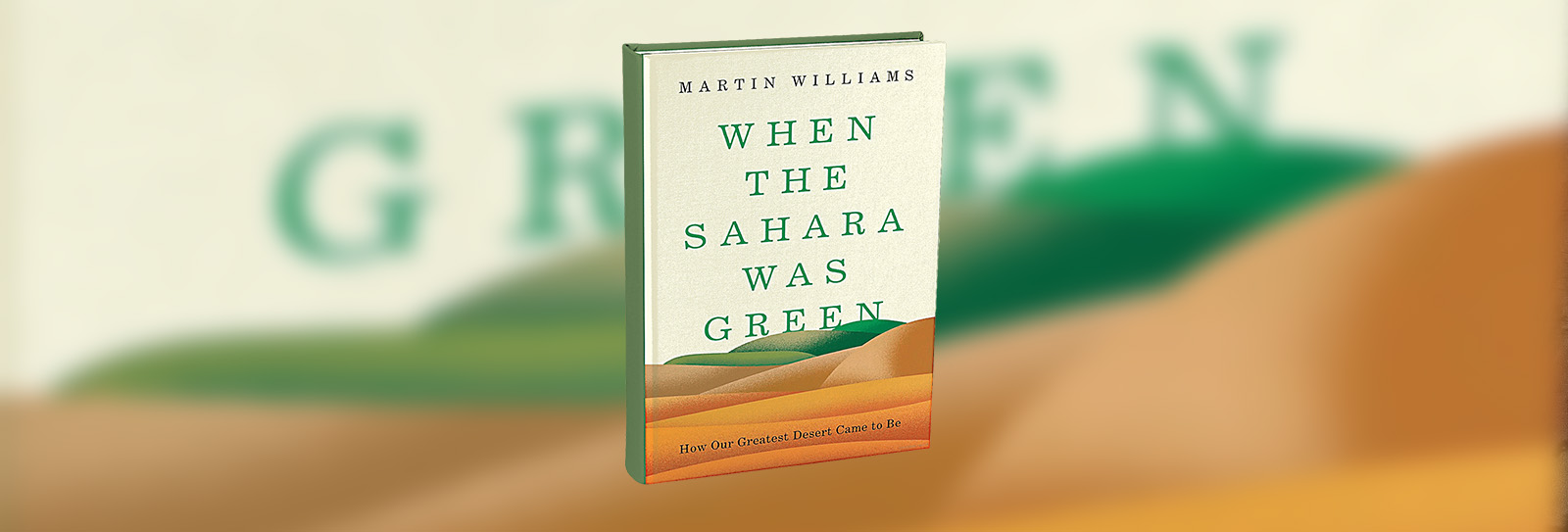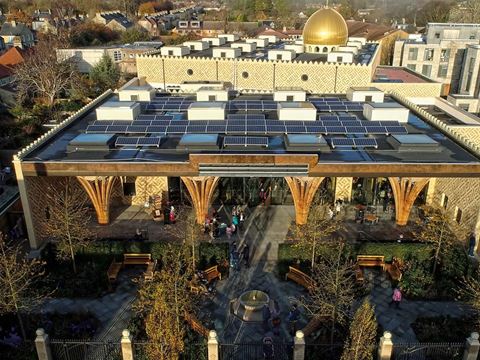
Meet Martin Williams, whose Sahara research tells Africa's Story
He was just a British kid looking for something to read one lazy summer day in 1950s Paris when images of the Sahara’s vast expanse on a magazine cover grabbed his attention. The story, about the fossils that had then just been discovered in the Sahara’s valleys, fascinated him. “I thought, I’m going to go and see those for myself one day,” Williams recalls.
He was just a British kid looking for something to read one lazy summer day in 1950s Paris when images of the Sahara’s vast expanse on a magazine cover grabbed his attention. The story, about the fossils that had then just been discovered in the Sahara’s valleys, fascinated him. “I thought, I’m going to go and see those for myself one day,” Williams recalls. Williams, now professor emeritus of geography at the University of Adelaide, was in his early 20s when he made his first trip to the desert. He’d also begun to suspect it hadn’t always been the Sahara we know today. Since then Williams has spent his decades-long career working to understand how this space, now more than 9.2 million square kilometers of sun and sand, morphed from a verdant savannah of greenery and wildlife to the stark landscape we know today, a quest he documents in his new book, When the Sahara Was Green. Williams recently spoke with AramcoWorld about his work, discoveries, writing process and what spending time in the desert is really about.
It’s not easy—or necessarily cheap—to explore the Sahara. How did you manage to get your first job that took you there?
I’d just received my graduate degree from Cambridge specializing in geography—I focused on gem pathology, soils, salt, climate and so on—and I was out caving in Derbyshire when my mother received a call from one of my lecturers, Dick Grove, asking if I would like to join a British Army expedition leaving next week for southern Libya where they were going to be updating maps that hadn’t been revised since World War II. I’d be working in the middle of summer in temperatures over 100 degrees Fahrenheit doing whatever needed doing, whether that meant keeping these young royal engineers and officers interested in the work, running up and down mountains or making maps. I called him back and enthusiastically said yes.
What was it during this first sojourn in the Sahara that was most surprising to discover?
I was making this geological map, a geomorphic map, and all the way down and back up on this one mountain, there were these wonderful rock paintings with scenes of domesticated cattle and scenes of chaps with bows and arrows, of dogs, of mothers and babies. There was all this evidence of human life, and it didn’t resemble the life that people now live in the desert. If you looked, you would find stone tools, and fish bones, and even fragments of alligator bones, hippo bones, enormous perch. It all indicated a land that had little resemblance to the one I was standing in. I was fascinated.
What did it feel like finally finding yourself in the Sahara?
It was September 1962 and I was 21, and in a place that felt like standing on the surface of the moon but clearly it had once been a much wetter climate. So, I asked myself when was it wetter? Could it become wetter again? I started working to find the answers. And over the years I began to piece together the history.
How have you approached answering those questions?
You know, for any competent scientist, what you’re trying to do is discover, not whether you are right or wrong. It’s about revealing truths that were already there but hadn’t been discovered yet. So, it’s essentially a process of asking yourself questions, answering them and then trying every way you can to tear those answers apart, without ego.
Is there any evidence that human activity caused the desertification of the Sahara?
No, those claims don’t hold up scientifically. This business of the Sahara being a green and pleasant place was going on for a couple hundred million years with great hordes of dinosaurs roaming through it and vast forests spanning it—until the desiccation began and turned the land into a savannah that drew elephants, rhinos and then prehistoric humans who didn’t have the ability to make much of an impact on the climate. There were a whole series of independent factors all operating around the globe to make this land mass dry out. So, the Sahara isn’t our fault. But at the same time, the changes it has undergone through countless millennia are not evidence that we should now be off the hook when it comes to changes in our climate today. We can have an impact now.


